Business Improvement District (BID)
Business Improvement District (BID)
Business Improvement District (BID)
created by the City of Eagle River in 1999.
created by the City of Eagle River in 1999.
A business improvement district (BID) is a defined area within which businesses are required to pay an additional tax (or levy) in order to fund projects within the district's boundaries. The BID is often funded primarily through the levy but can also draw on other public and private funding streams. BIDs may go by other names, such as business improvement area (BIA), business revitalization zone (BRZ), community improvement district (CID), special services area (SSA), or special improvement district (SID). These districts typically fund services which are perceived by some businesses as being inadequately performed by government with its existing tax revenues, such as cleaning streets, providing security, making capital improvements, construction of pedestrian and streetscape enhancements, and marketing the area. The services provided by BIDs are supplemental to those already provided by the municipality.[1]
The revenue derives from a tax assessment on commercial property owners, and in some cases, residential property owners.
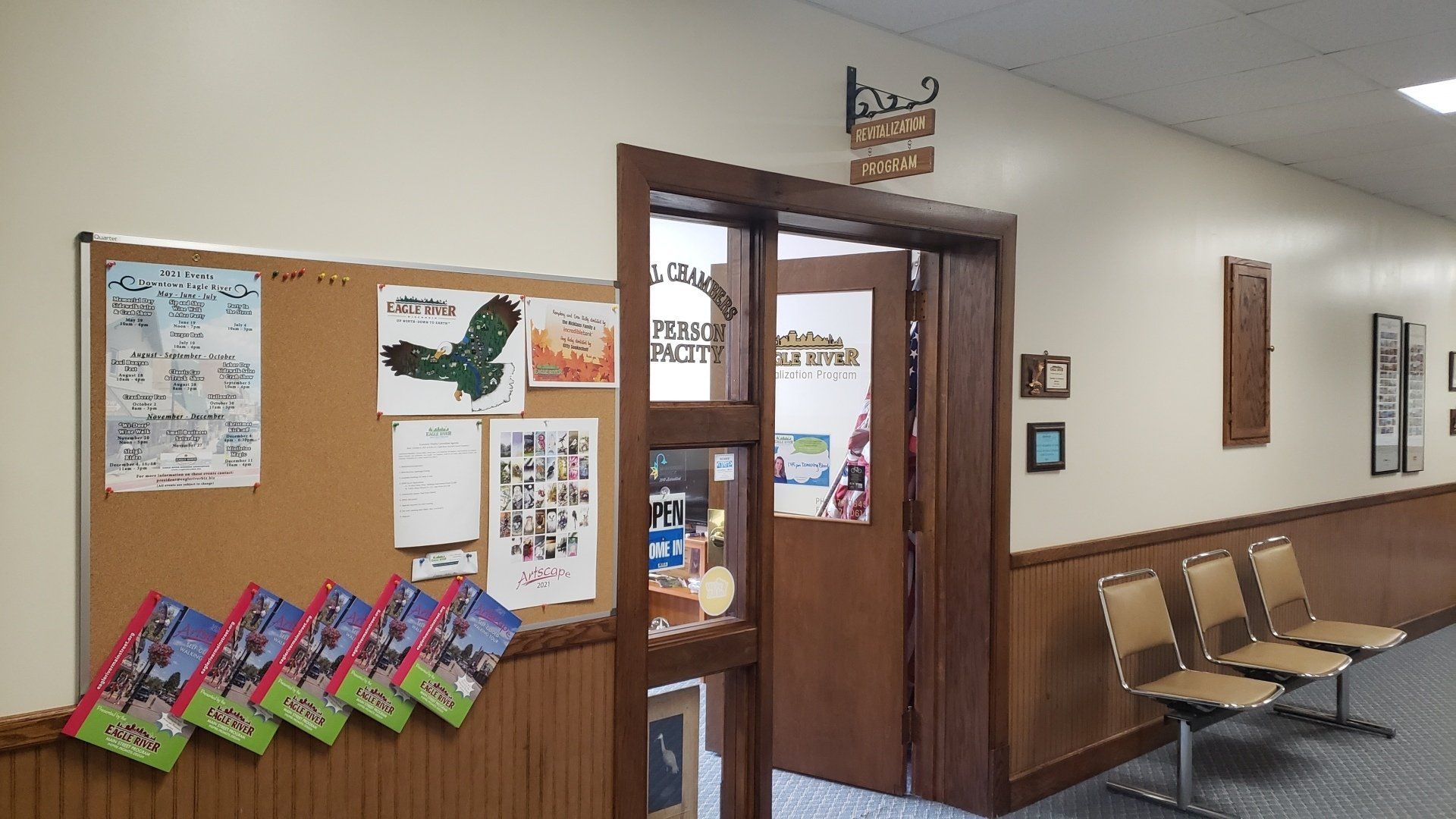
Slide title
Write your caption hereButton
Slide title
Write your caption hereButton
Slide title
Write your caption hereButton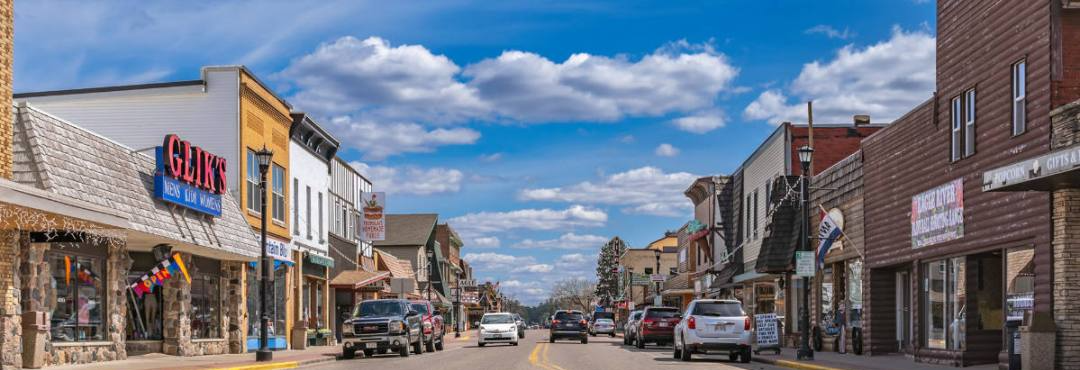
Slide title
Write your caption hereButton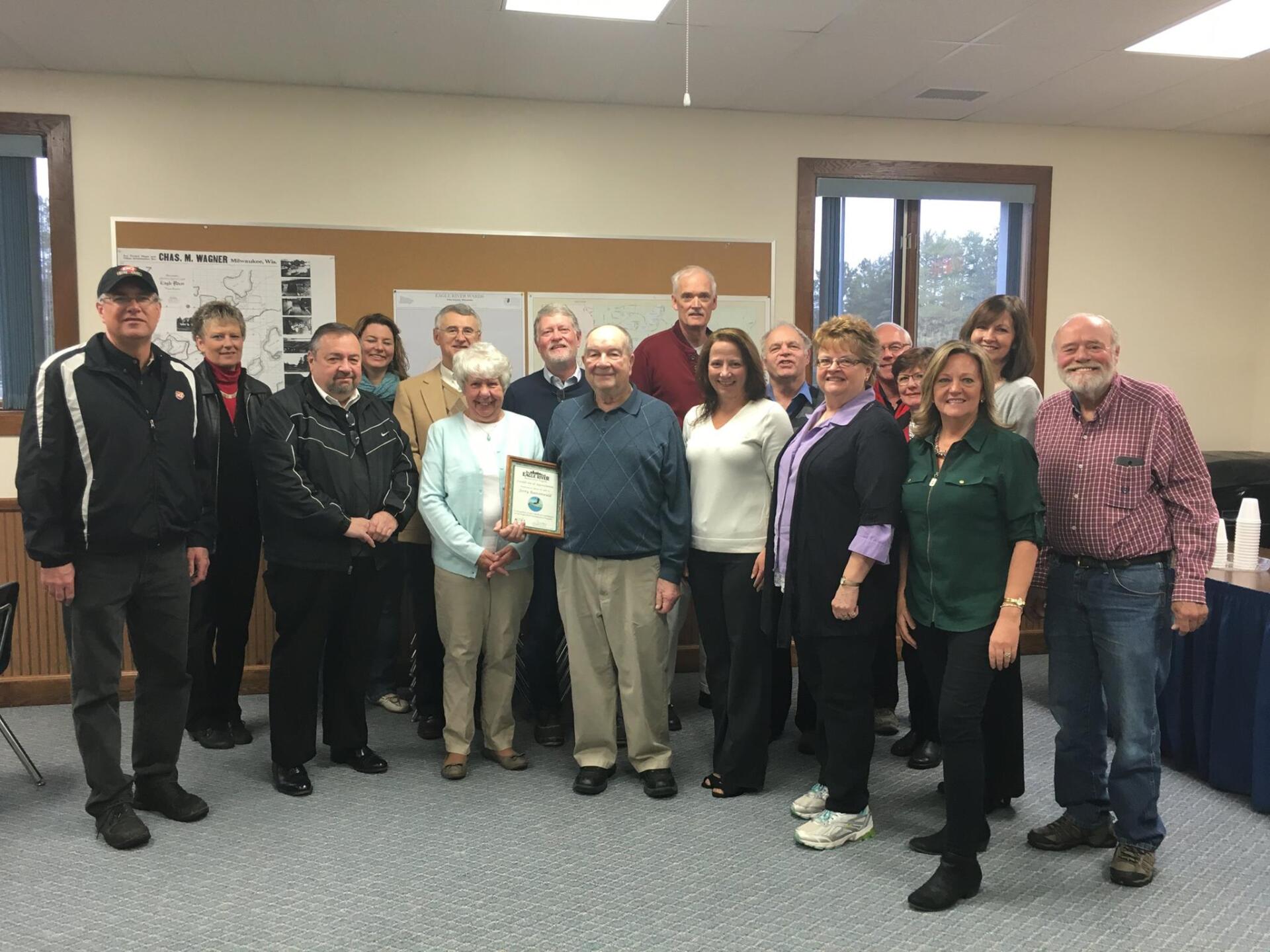
Slide title
Write your caption hereButton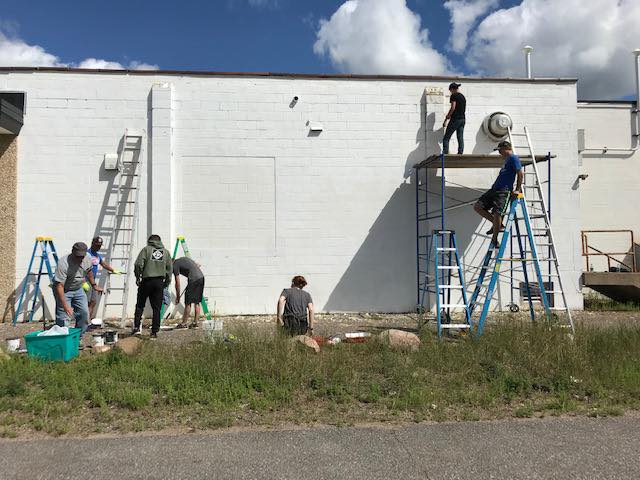
Slide title
Write your caption hereButton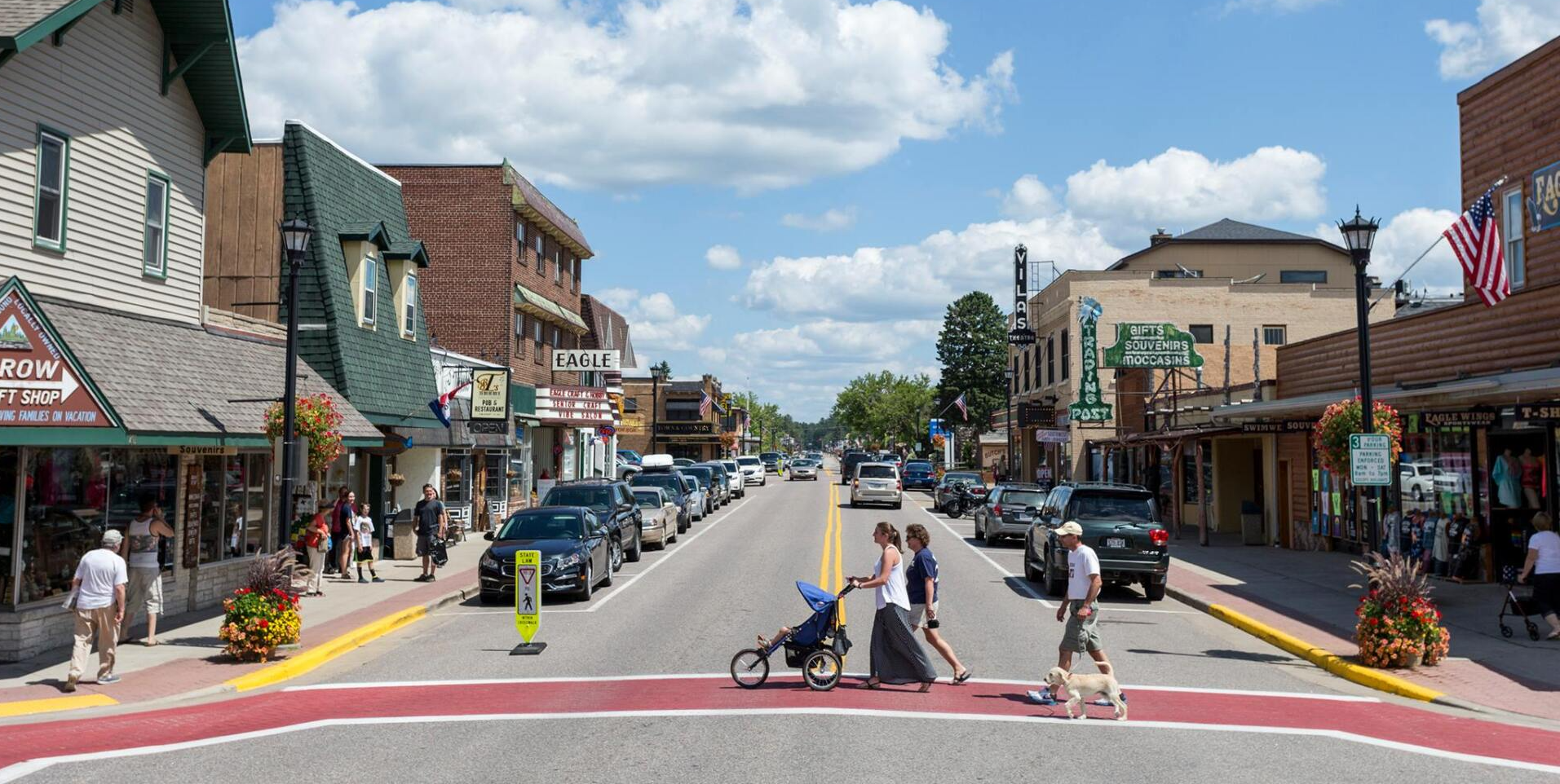
Slide title
Write your caption hereButton
Slide title
Write your caption hereButton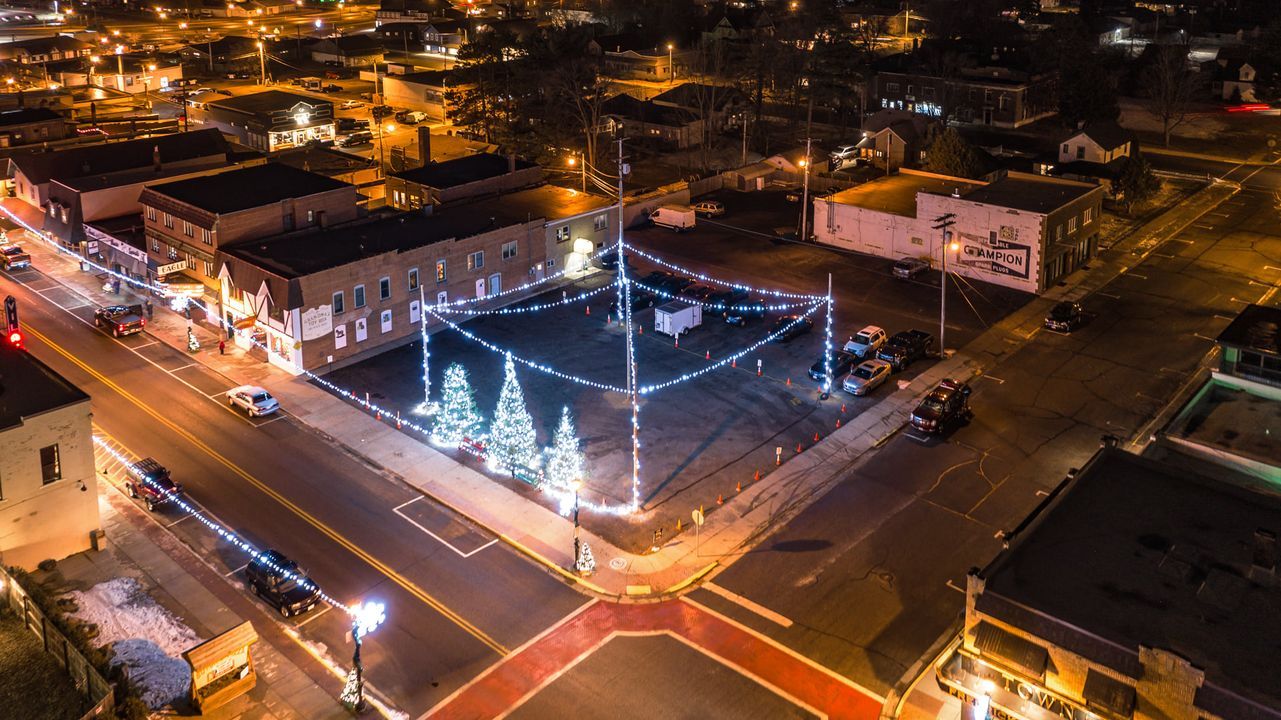
Slide title
Write your caption hereButton
Development
Development
The first BID was the Bloor West Village Business Improvement Area, established in Toronto in 1970 as an initiative by local private business.[2]
The first BID in the United States was the Downtown Development District in New Orleans established in 1974, and there were 1,200 across the country by 2011.[3]
Other countries with BIDs include Australia, New Zealand, South Africa, Jamaica, Serbia, Albania, Germany, Ireland, Singapore, the Netherlands and the United Kingdom.
The process for creating a BID varies from one jurisdiction to another. In the United States, it generally involves three steps. First, some number of businesses in the area petition the local government to create the BID. Second, the local government determines that a majority of businesses want the BID. Third, the local government enacts legislation creating the BID. Prior to this occurring, state legislatures need to grant local units the authority to create BIDs. The operating budgets of BIDs range from a few thousand dollars to tens of millions of dollars.[4]
A BID may be operated by a nonprofit organization or by a quasi-governmental entity. The governance of a BID is the responsibility of a board composed of some combination of property owners, businesses, and government officials. The management of a BID is the job of a paid administrator, usually occupying the position of an executive director of a management company.
Distribution
By 1996 there were over 1,000 BIDs in the United States.[7]
New York City has 76 BIDs, the most of any city; in NYC, BIDs invest $159 million annually in neighborhoods throughout the five boroughs.[8]
BIDs exist in almost every one of the top 50 largest cities in the United States, including Los Angeles, Chicago, Houston, Philadelphia, Atlanta, San Francisco, Seattle, and Washington, DC. Minneapolis and Boston have been the last of the top 20 largest regions to adopt a business improvement district. The State of Wisconsin has adopted the most for smaller towns, with about 90 in the state[citation needed], 25 of those being in Milwaukee and the rest throughout the state.
Eagle River BID
(in pink & as of Aug. 2021)


